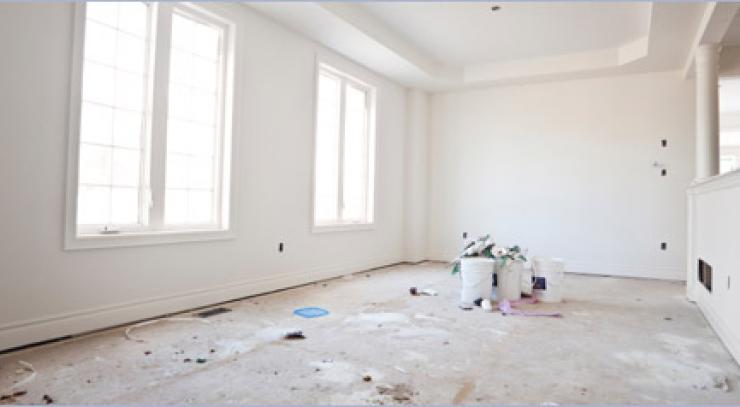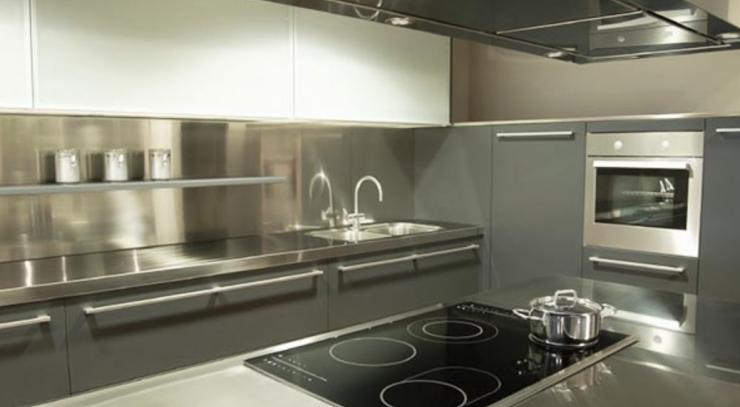The underfloor heating will help you minimize your energy losses and easily maintain desired room temperatures. Underfloor heating systems are simple to install, long-term solutions for your cold feet and rooms. They are easy to lay down with a little help from manufacturer’s instructions and a general idea of what needs to be done. If you are a DIY enthusiast, here is what you need to do.
Plan, measure and choose the right one
Prior to starting your underfloor heating project, you need to select the right type. There are two types you can use, the first one is electric which connects to mains electricity. The second one uses hot water to heat up the floors and it connects to the boiler. The hydronic or the wet systems produce lower temperatures so they are better suited for solid wood floor finishes. They are the logical choice for those hoping to use green sources of heat, like a geothermal pump. The dry or the electric system is best used for heating tiled floors. The two heating types can be used with other floor types but make sure you ask and mention that upon purchasing from a heating company. Also, you need to be able to advise them on the size of the room you will be covering with underfloor heating.
Prepare the area
You will need to start by pulling up the floor in the room. The exact process will depend on the type of floor used, most of them have a click system or a tongue-and-grow one. Your first task will be to determine which floorboards were the last ones placed and start from there. The tool you will need the most is a crowbar. It is not a gentle tool so you will have to do your best to be gentle yourself, in order to preserve the boards and reuse them once you lay down the heating. The next step in line is quite natural and it includes cleaning of the subfloor to remove any obstacles for the installation process and prevent damage to the system. If you are using the wet type, start by covering the floor with a damp-proof membrane.
How to install a wet system
Cover the membrane with insulation provided in the kit. It is important not to make gaps which could, later on, be filled with screed. Now you can fit the fixing system for the pipes provided in the kit and place it in such way so it is at 90 degrees to the pipes, or at this point, the intended direction of the pipes. Lay the pipe starting from the manifold to the most opposite side of the room and go back using a snake-like pattern. Don’t worry about stepping on the pipe, it is strong and well protected. Once that is done, you can test it to ensure there are no leaks and cover it with a 75mm screed layer. The screed should cure completely before the system is put into use. When it comes to connecting the system to the rest of your house’s heating, you will need a professional plumber to do the work.
How to install a dry system
Lay out the insulation first. Once that is done, you can test the layout of the mat to make sure you have a clear image of the steps you need to take. Make sure that the mats are not too far apart and that cables do not overlap. They should be placed at about 10 cm away from walls, tubs, and toilets. When laying the blue cable, keep the lines at least 5cmm away from each other. Next thing you want to do is secure it with double-sided sticky tape. Secure a floor sensor firmly to the floor at the spot close to the wall and below the thermostat. Hire a qualified electrician to connect the system to your main supply. You have saved up a lot by laying down the system yourself, but having a professional deal with final wiring is the matter of your family’s safety. Once you are done, you can apply a screed.
Installing underfloor heating can be a bit of a hassle since you will have to evacuate a part of your house. When I’m remodeling or redecorating I always use the Sydney Storage company to collect, and store my furniture away at a very affordable price. I found this to be the cheapest hassle-free solution. Look up someone locally who can do the same for you. Once you are ready, you can simply ask for your things back and they will move them for you.
Underfloor heating is a good choice as it does not take up any living space, it is not a hazard to your pets or children, and it is clean and easy to maintain.

























